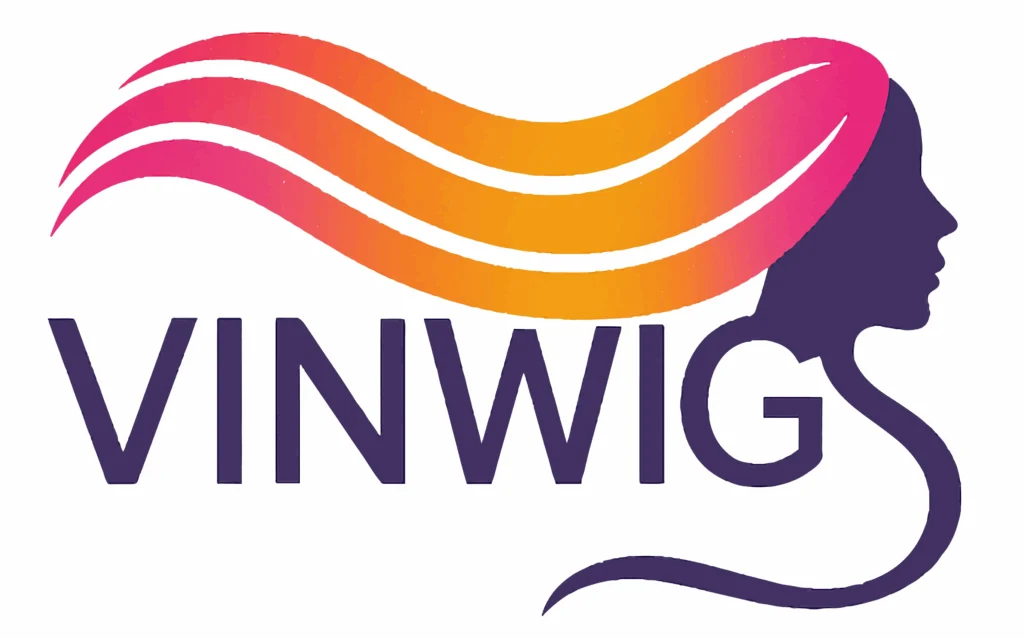Recent U.S. tariffs imposed on hair-care imports from China — up to 145%, later reduced to 30% — are significantly driving up prices for essential products like wigs, braids, and hair extensions .
📈 Why This Matters for wig & extension buyers
-
Many salon tools, synthetic braiding hair, and human hair extensions come from China, making them particularly affected.
-
Black women in the U.S., who often spend hundreds monthly on specialized hairstyles, are seeing sharp price hikes .
💇 Stylists & Clients Feel the Pressure
-
Some stylists in cities like Atlanta have begun raising prices to offset higher wholesale costs.
-
Others are asking clients to bring their own hair or are absorbing costs themselves to keep services affordable .
⚠️ Broader Impacts & Industry Response
-
The $3.2 billion U.S. Black hair-care market is facing supply chain disruptions and limited stock availability .
-
Stylists and boutique sellers are struggling to maintain quality and fair prices, sometimes delaying restocks in hopes of lower tariffs.
🛍 What This Means for Your Wigs & Extensions Store
-
Highlight Supply Origins:
– Products sourced from China may be more expensive—be transparent about price changes.
-
Go Local or Global:
– Offer premium human-hair alternatives from varied global suppliers for better pricing balance.
– Consider partnerships with Indian- or European-sourced hair to diversify offerings.
-
Educate Your Customers:
– Share insights on how tariffs affect pricing and promote DIY hair options or bundled kits for cost-effective styling.
-
Enhance Value & Loyalty:
– Introduce tiered pricing, bundles, or loyalty discounts to help offset consumer price sensitivity.
-
Stay Agile:
– Watch for further tariff changes and stay in touch with suppliers to maintain flexible inventory and pricing strategies.
Bottom line: U.S. tariffs on Chinese imports are creating real challenges in the wigs and hair extensions market—driving up costs, straining supply chains, and raising prices. As a retailer, staying transparent, sourcing diversely, and offering value-added packages will help you navigate these changes and continue serving your customers effectively.



